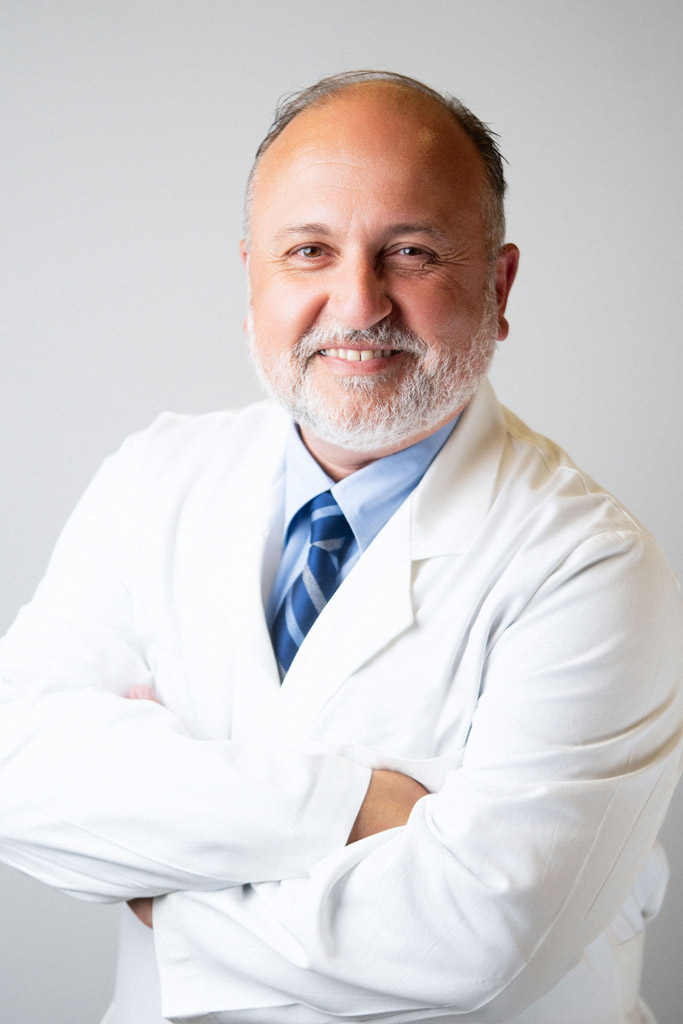The cooling fall temperatures offer an added incentive to get moving on walks, bike rides, or other types of exercise. In fact, these activities can mean a big difference down the road.
It starts with getting outside, said interventional cardiologist Dr. Timothy Alikakos of Cardiovascular and Thoracic Surgery in Hilton Head.

Dr. Timothy Alikakos of Cardiovascular and Thoracic Surgery in Hilton Head
“You don’t need to go out and run a marathon,” Alikakos said. “Getting outside and taking a walk for a half-hour a day has a ton of benefits. Exercising improves the efficiency of the heart to get the blood where it needs to go. But you have to constantly push it over the long term.”
That means starting slowly and introducing consistent exercise to your day as you build up to a goal, which could be hitting a certain distance or even a 5K event.
Not ready for an organized walk/run? Alikakos explains how we can all get a few steps closer and why that’s a smart move for many of us. Every year, more than 800,000 Americans have a heart attack, many of them preventable with basic lifestyle changes.
When it comes to exercise and heart health, what are some of those small changes that can make a big difference over time?
“This question comes up all the time in our practice,” Alikakos said. “And I tell my patients, whether they’re young and active or quite elderly, that structure always helps, no matter their age. When you have something you’re prepping for, you have structure.”
Alikakos said we should all commit to at least half an hour a day, three days a week, which can help you burn calories and manage your weight. Plus, the adrenaline surge gets you feeling better and improves your outlook and your fitness. Best of all, it gets us outside and forces us to push ourselves.
When it comes to your overall cardiovascular fitness over the long term, even a little bit counts, Alikakos said.
“Just do it. Push yourself. It doesn’t matter how much you’re going to do, as long as you get outside and do it,” he said. “The patients who are often most surprised with their results are those in our cardiac rehab programs. They realize they don’t need to do that much to give themselves that bump and reap that benefit.”
Why does something as simple as walking make a difference? Wouldn’t eating a balanced diet be enough?
“They go hand in hand. If you eat a lot of calories, carbs, and processed foods, it’s going to take away from the benefit of exercising regularly,” Alikakos said. “But if you do both, the exercise will add that extra calorie expenditure, and force your body to build extra blood flow.
“It’s all about the sweet spot: What do I need to do to expend some calories and increase my cardiovascular fitness? The heart rate does not have to be up there tremendously; we shoot for about 60% of a patient’s maximum heart rate, based on their age. For cardiac rehab patients, this means we want to get them quickly and efficiently to their baseline, and then start to improve their fitness. So, we’re not shooting for going as hardcore as possible; we’re shooting for getting the heart rate up a little bit.”
Alikakos suggests checking your baseline heart rate while watching TV. The goal is to get it up for 20 beats per minute above that baseline.
“Something as simple as walking at a good pace for 30 minutes a day is going to improve things,” he said. “And when you’re maintaining that and feeling great, you ramp up your progress a bit. Slow is the key, and that leads to more robust effects.”
And what’s the best way to build up? Is it ever a good idea to dive right into training or a new activity if you’ve been generally sedentary?
Alikakos suggests starting slowly.
“Do not bite off more than you can chew,” he said. “If you’re dieting, pick one food that you know is bad for you and try to reduce or eliminate only that. Don’t go for everything all at once. Going slowly is much more robust. That lets your body build and do the things it needs to do to withstand changes and growth over the long term. It’s all about baby steps. I tell my patients to set achievable goals over several weeks at a time. You’ll feel a lot better, and it will last.”


